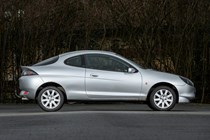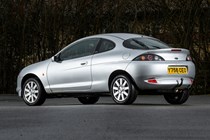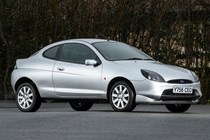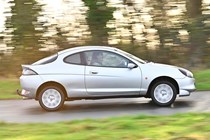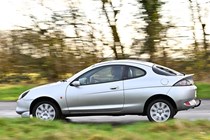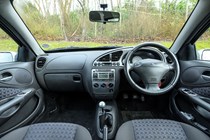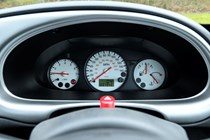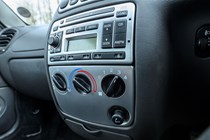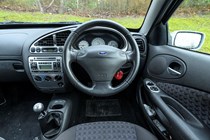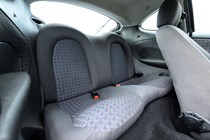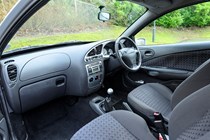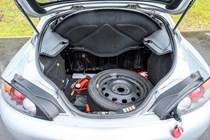Ford Puma Coupe (1997-2002) running costs and reliability
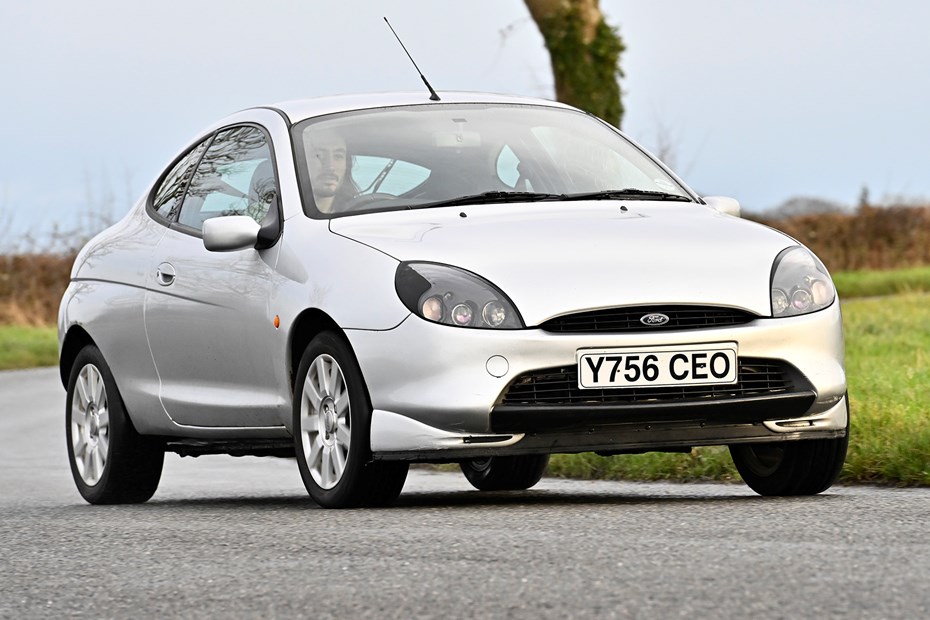
Miles per pound (mpp)
Fuel economy
Running costs and reliability
The Ford Puma launched with the 1.7-litre engine, but by February 1998 it was joined by a more insurance-friendly 1.4-litre version. This allowed Ford to broaden the car’s appeal to younger drivers and those on tighter budgets. While it lacked the pace of the larger-engined variant, the 1.4 was cheaper to insure and slightly more economical in everyday use, making it a sensible entry point into Puma ownership.
Running costs were generally reasonable across the range. The engines were efficient, and most mechanical components were shared with the Fiesta, which helped keep servicing and repair bills low. Regular maintenance – especially oil changes for the 1.7 – was crucial, but few parts were expensive or difficult to source at the time. Consumables such as brakes, clutches and filters were cheap and widely available from independent suppliers.
However, not everything was so affordable. Body panels unique to the Puma, such as front wings, bumpers and doors, were costly to replace – and many were discontinued from main dealers as the years went on. That meant any accident damage could quickly result in an uneconomical repair bill, especially if insurers weren’t keen to source used panels. Minor cosmetic bumps often led to write-offs, which explained why many examples disappeared from the road despite being mechanically sound.
In terms of reliability, the outlook was largely positive. The Puma shared its underpinnings with the Fiesta, and many of its mechanical components were tried-and-tested. Provided the car was serviced on time and treated with care, it had the potential to cover high mileages with few major problems. As the years passed, electrical faults and corrosion became more common, but in general, a well-maintained Puma proved to be a dependable and affordable modern classic.
Ongoing running costs
| Road tax | £220 - £360 |
|---|---|
| Insurance group | 19 - 27 |
Get an insurance quote with

|
|



